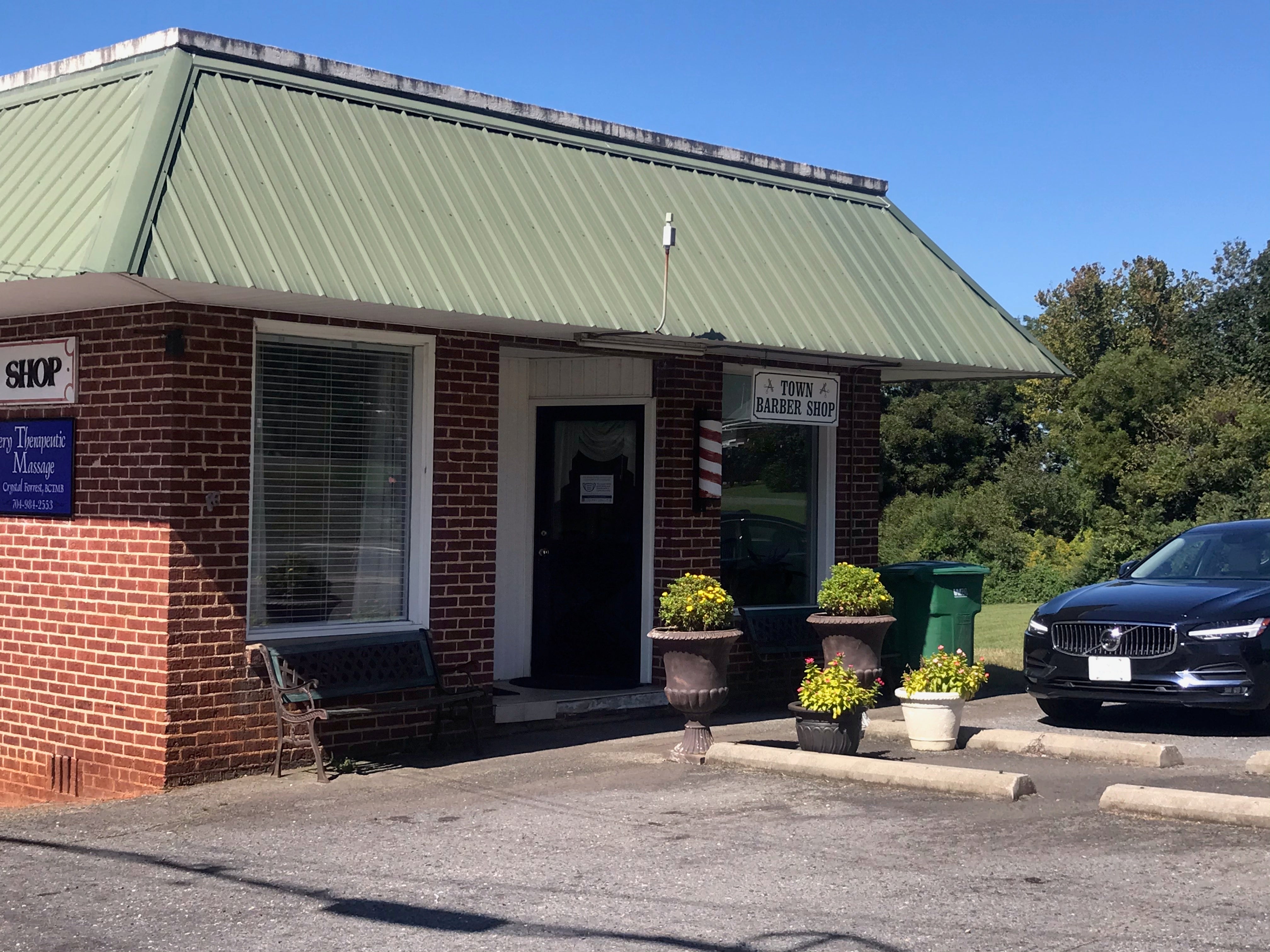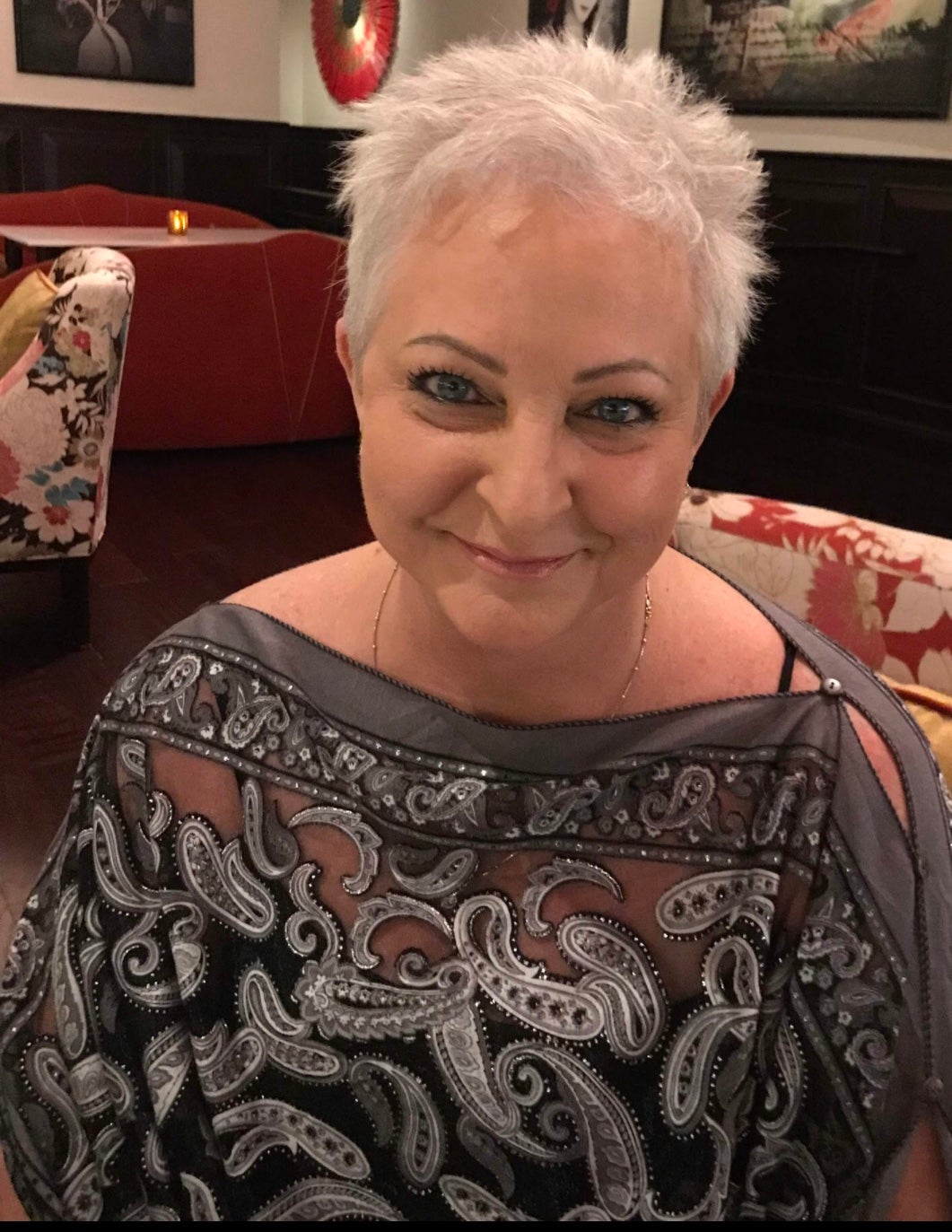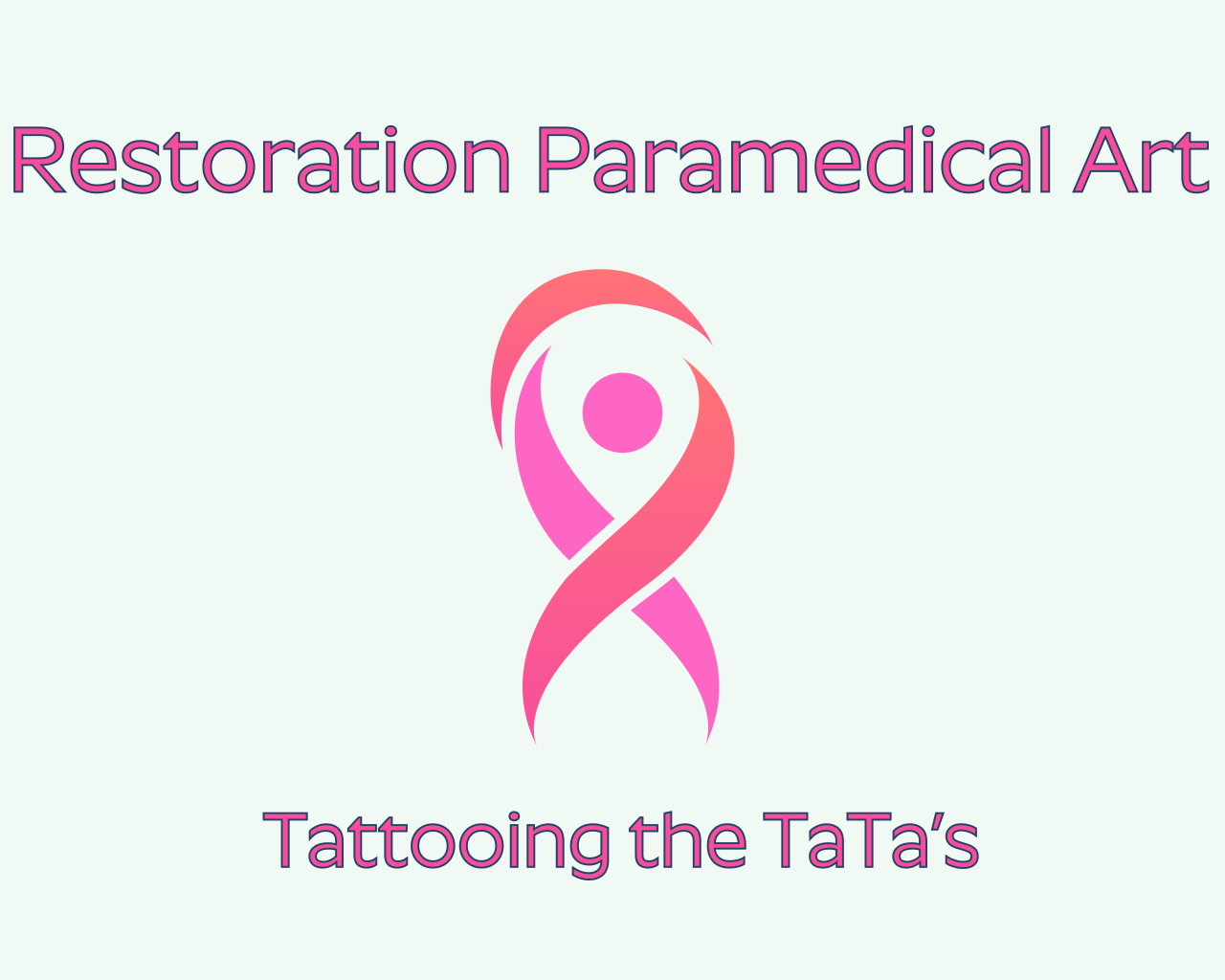‘I get a charge out of helping people’: Breast cancer survivor finds way to give back to others
Published 3:26 pm Friday, October 16, 2020

- Carolyn Campo's cosmetic tattooing business is based in New London.
|
Getting your Trinity Audio player ready...
|
As someone who worked in the healthcare industry for more than 30 years, much of that as a registered respiratory therapist in hospital ICUs and ERs, Carolyn Campo is used to being around people who are struggling with health issues. She often worked with critically ill patients and helped perform many invasive procedures.
And due to spending much of her life on the medical frontlines, Campo, who retired five years ago from Novant Health, has always been vigilant about her own health. Beginning in 2001, when she had lumps removed that were precancerous, doctors urged her to follow the situation closely, fearing it could eventually turn into cancer.
So each year, like clockwork, she received screening mammograms and each year, again like clockwork, things checked out and cancer was never detected.
“So I was the best patient in the world by following up,” each year, said Campo, who is 63 and lives on Badin Lake with her husband.

Carolyn Campo was diagnosed with breast cancer in 2016. She recently opened a business where she specializes in 3D nipple tattooing to help women feel whole again.
Becoming her own advocate
But her fortunes changed in October 2015 when she received another mammogram and noticed there was a change in her right breast. This occurred after several follow ups as a result of the abdominal surgery she had during the summer. Understanding that this could potentially be a cause for concern, she alerted the mammography technologist and told her to report the change to the radiologist.
Nothing happened.
Campo soon realized that proper protocol had not been followed since her reported concern to the mammography tech should have quickly led to a diagnostic mammogram. While screening mammograms are routinely administered to detect breast cancer in women who have no apparent symptoms (Campo calls it a “snapshot”), diagnostic mammograms are used after suspicious results on a screening mammogram, according to information from the website breastcancer.org.
Regarding the fact that a diagnostic mammogram wasn’t performed, “Somebody dropped the ball,” Campo said.
About a month later in November, the results from the mammogram came back. Due to a change in her healthcare, Campo visited a new doctor, a gynecologist in Salisbury. She told him about the change in her breast and that she was concerned. But he dismissed her claim, noting that her screening mammogram appeared fine and she shouldn’t worry. He performed a routine breast exam and there was no palpable lumps that he could feel. Yet again, though, no diagnostic mammogram was taken.
Though she had the feeling the doctor had not taken her concerns seriously, “the voice inside me just said, ‘he’s the doctor, shut up.’ ” She admits that she “stifled herself” and went back home, hoping the problem would go away.
But it didn’t and her condition progressively worsened.
The next year, in March 2016, after taking a shower and taking a look at her body in the mirror, she knew something wasn’t quite right. This time, she noticed a mass the size of half a golf ball. She immediately contacted her nurse, telling her she wanted the gynecologist to reexamine her mammogram “because something was wrong. It was very apparent to me.”
Five minutes later, she received a nervous phone call asking her to come to the gynecologist’s office at 1 p.m. that day. After her doctor took a look at her breast, he apologized to her, she said, for his oversight. Though the mass was invisible to the naked eye during her last doctor’s visit in November, had a diagnostic mammogram been taken at the time, it would have detected the cancer.
The doctor went into his office to arrange the diagnostic mammogram.
“I could tell he was shaken, too, because he had missed a bad one,” Campo said.
A week later she learned she had a five centimeter mass in her right breast. Follow-up testing revealed the cancer, which was stage 3 at the time, had also spread into her lymph nodes.
Breast cancer is the second-most common cancer diagnosed in women in the United States and also the second-leading cause of cancer deaths in women in North Carolina, according to the North Carolina Department of Health and Human Services. Each year more than 6,000 women in the state will be diagnosed with breast cancer and more than 1,000 will die from the disease.
“I never asked ‘Why me?’ ” Campo says about receiving the diagnosis, “because when one in eight women are getting breast cancer, why not me?”
Once she got the news, she quickly called a friend, who also had breast cancer and who had a double mastectomy, which was the decision Campo decided upon.
From the time she was first diagnosed with breast cancer in mid-March, it took about six weeks before Campo had a double mastectomy to remove her breasts. Though she wasn’t initially upset about hearing she had cancer, as she underwent more and more tests and as the cancer continued to spread, she started getting more frightened.
After her double mastectomy, she underwent chemotherapy, which consisted of taking three drugs, including Adriamycin, which many called the “Red Devil,” due to its distinctive hue and toxicity. Campo had to have a port put into her body because the drug would destroy her veins. Within 10 minutes of being administered the drug, she said her body felt like it was on fire and her mouth broke out in sores.
She said the chemotherapy had a cumulative effect on her body, with each successive treatment being harder to recover from than the last. Campo was given another drug called Taxol during the last part of her treatment, which caused incredible muscle pain and neuropathy throughout her body and resulted in her toenails falling off.
“It was like there was somebody in your body moving around, just pinching muscles all the time,” she said.
Her chemotherapy treatments, which lasted 20 weeks, began May 23 and ended Oct. 10. She was allowed to rest for a few weeks before radiation began on Halloween. Already bald when she began treatment, she dressed up as Uncle Fester from “The Addams Family” for the first treatment. Radiation lasted five days a week for six weeks. Her last radiation ended Dec. 13. She completed breast reconstruction surgery the following June.
After her treatments, she began going to the gym to walk on the treadmill. Though she initially could only walk around a quarter of a mile, with persistence, she was able to walk two miles by January 2017. She also started running, something she didn’t do before, and participated in multiple 5K races. She currently runs several times a week.
Campo has had no evidence of any cancer in her body since 2017, but she is aware that her cancer could always reappear. She still takes medication each day and has memory issues resulting from her treatment (“chemo brain” she calls it). She said her doctors think she might have been one of the first people to have contracted the coronavirus at the end of last year as she was sick for a month with symptoms now known to be associated with the virus.
Her ordeal has taught her the importance of standing up for herself, especially if she thinks something isn’t right.
“You need to be your own advocate,” she said. “You have to be totally upfront and say what you need or you’ll never get it.”
She learned to take more control of her life and by doing so, she was able to find an opportunity to help other breast cancer survivors.
Learning to help others
Even though her breast cancer was gone, Campo still struggled to feel whole. After her reconstruction surgery, while she appeared normal to others, she had no nipples and therefore referred to her breasts as “Barbie doll boobs.” Whenever she would look at them, they “were just another reminder of the cancer every time I got out of the shower or dressed,” she said.
She learned through other breast cancer survivors about a specialized procedure where women could get their nipples and areolas — the ring of pigmented skin surrounding the nipples — tattooed. The treatment is a form of micro-pigmentation, or cosmetic tattooing. She was quickly intrigued and wanted to get nipple tattoos.
The problem was finding someone who was trained in this very niche subject.
“There are very few people in the world that focus their business and art on reconstruction of the nipples and areolas,” she said.
In April 2018, after much research, she traveled outside Baltimore to Little Vinnie’s Tattoos, a business known for its 3D nipple and areola tattooing. According to Little Vinnie’s website, “We are able to create a three dimensional picture which gives the illusion of projection without the need for nipple reconstruction.”
Having the procedure allowed Campo to finally feel whole and feel like herself again.
“The most important benefit for me having this done was everyday when I got out of the shower and passed the mirror, I didn’t think about cancer,” she said.
Though she felt grateful about having the procedure, she felt sorry that people in Stanly did not have easy access to a business like Little Vinnie’s.
As an artist, Campo decided she wanted to get trained to help people in her community get nipple tattoos.
“It took about a year for the idea to germinate and I started doing research to see if my skill set and talents could come together to make this possible for other women,” said Campo, who was accustomed to painting landscapes and birds.
Campo took a chance and reached out to Moshe Alul, who owns New Permanent Makeup International, which specializes in aesthetic reconstruction, according to his LinkedIn page. Campo had seen several of his YouTube tutorials about cosmetic tattooing. She met him in Miami last year, where she spent a week getting trained in the procedure.
After coming back to Stanly she bought the necessary equipment and practiced for a year, both with real models and with a fake practice skin. She consulted with her doctors, who encouraged her to pursue the tattooing. Campo received her tattoo license in August and opened her own business the same month. It’s called Restoration Paramedical Arts and it’s located in New London. She shares the building, at 101 N. Main St., with two other business partners, Tillery Therapeutic Massage and Innovative Aesthetics. Her business even has a colorful slogan: “Tattooing the TaTa’s.”
Campo gets one to two referrals from doctors each week and has already performed 3D nipple tattooing on several women in the area. According to her website, rpa4tatas.com, women can still get tattooed even if they have already had breast reconstruction surgery. While she also can tattoo over scars to make them less noticeable, her main focus is her work with breast cancer survivors.
“I can create a seemingly three-dimensional picture which gives the illusion of projection without the need for nipple reconstruction,” she wrote on her website when describing her work. She works with each patient through the whole process “from placement and size, to pigment color selection and after care.”

The logo for Carolyn Campo’s new business.
Throughout the process, Campo talks with her patients about their own experiences dealing with breast cancer, which she says is very beneficial and cathartic.
“It is healing to talk about this and they can be brutally honest with me because I have been there and done that,” Campo said, noting that the women will often reveal information they haven’t even told their doctors.
She also says that after the procedure, patients often feel more confident in their appearances, whether in public places, like the gym or the beach, or at home with loved ones, which is what matters the most to Campo.
“I get a charge out of helping people,” she said. “I think that’s what we were put on this earth for.”
She said it moves her to tears to know that her patients start to see their bodies in the same positive light that she saw hers once she got her tattoos. And she said the women have been truly appreciative of Campo’s services.
“People really smile with their eyes and you can see it in their eyes,” she said of the gratitude of her patients.
After years of undergoing intensive surgeries and treatments along with getting her tattoos, Campo is starting to regain her sense of self.
“It’s almost five years and I finally feel like I’m normal again.”





